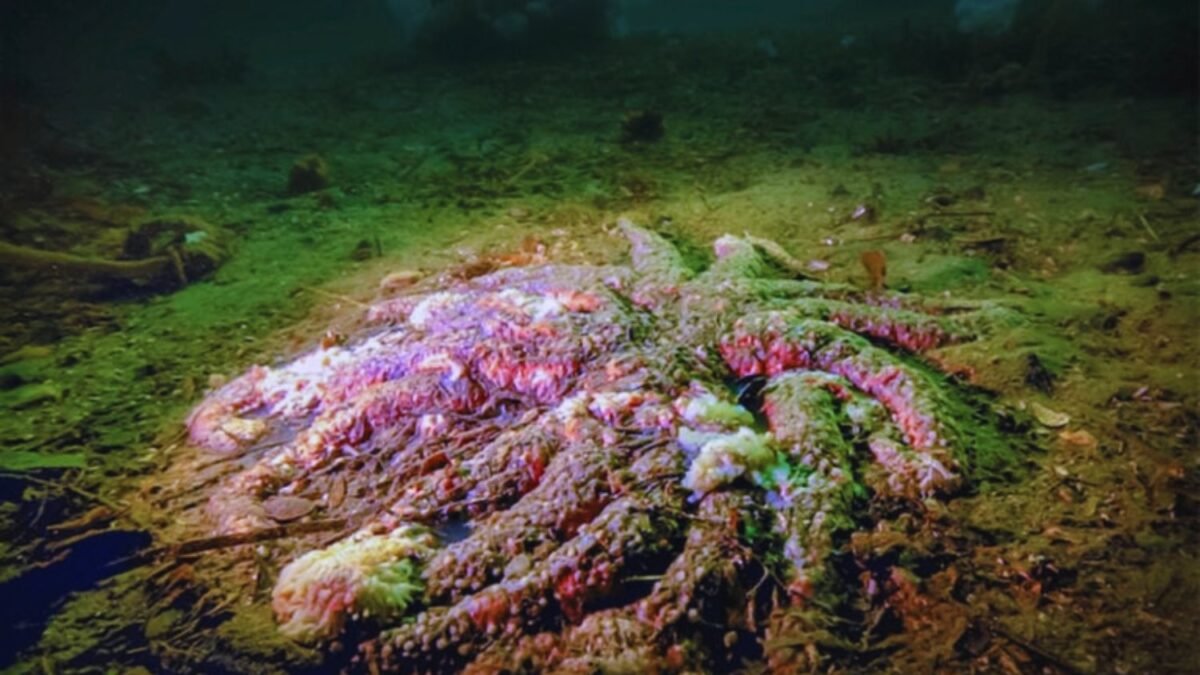“Mysterious mass mortality event decimates starfish populations: Biologists uncover the cause”

Scientists Solve Decade-Long Mystery of Starfish Mass Deaths
A team of scientists has finally unraveled a long-standing marine mystery by identifying the bacterial culprit behind the mass deaths of billions of starfish. In a recent study, researchers from the United States and Canada pinpoint a bacterial relative of cholera as the root cause of the devastating “Sea Star Wasting Disease” (SSWD).
The Culprit: Vibrio Pectenicida
The epidemic, which swept across the North American Pacific coast from Alaska to Mexico, resulted in the decimation of over 20 species of starfish. Infected starfish displayed visible skin lesions, rapid tissue degradation, and succumbed to death within days.
Previous instances of mass starfish deaths had been documented, but none on the scale of this outbreak, which is considered the largest marine disease epidemic ever recorded in the wild. The ecological consequences were significant, as the absence of these predators allowed sea urchins to devastate underwater kelp forests.
Key Breakthrough: Vibrio Pectenicida FHCF-3
The research team initially did not consider V. pectenicida as the primary suspect. Through analyzing samples from healthy and infected starfish, they found that only the affected individuals exhibited high levels of the bacteria in their coelomic fluid. Further investigation revealed that a specific strain, known as FHCF-3, was the causative agent.
While some mysteries still linger, identifying the cause is a crucial step towards population recovery. Future efforts may focus on identifying genetic mutations that confer resistance to infection in certain starfish, with the goal of breeding resilient individuals in captivity for reintroduction and fortification of wild populations.






